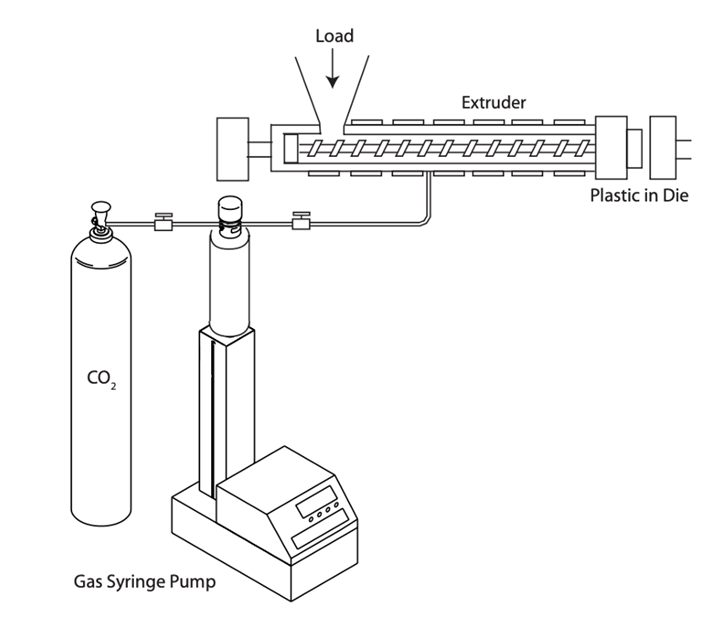
【ISCO】AN15 _ 二氧化碳注入注射 (CO₂ Injection)
Injection of CO₂ into Plastic Extruders Using Teledyne Isco Syringe Pumps
Teledyne Isco Syringe Pumps are excellent for use as CO₂ injection pumps into plastic extruders.

Injection of CO₂ into Plastic Extruders Using Teledyne Isco Syringe Pumps
Teledyne Isco Syringe Pumps are excellent for use as CO₂ injection pumps into plastic extruders.
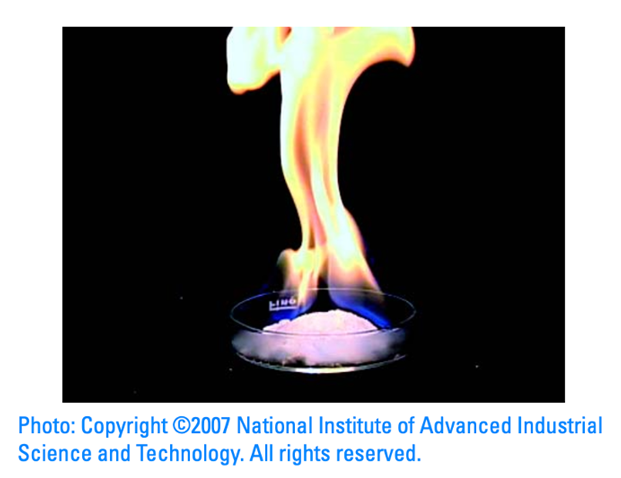
Methane Hydrate Studies Using Teledyne Isco Syringe Pumps
Current research into the extraction of methane hydrates requires laboratory modeling of site condi- tions.
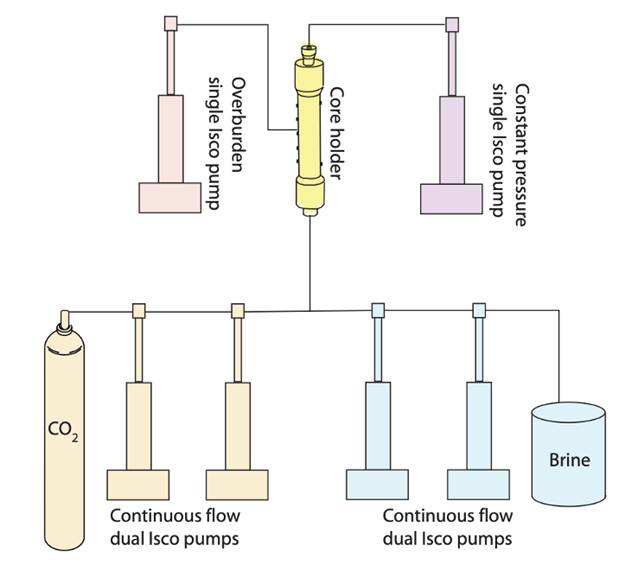
Current research concerns the amount of CO₂ move- ment in the geologic formation into which it is injected, and how CO₂ injection and storage impact the integrity of the formation.
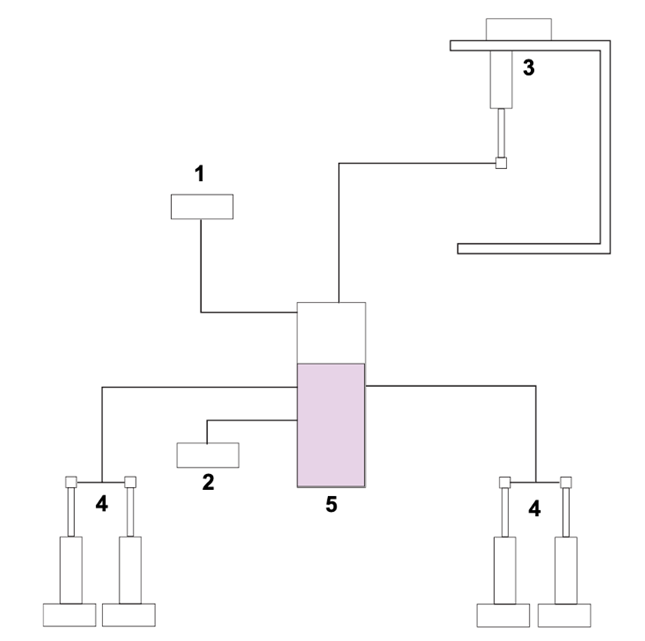
Oil Sands, sometimes referred to as Tar Sands, are considered a source of unconventional oil, consisting of a molasses-like oil called bitumen, mixed with sand, which is much more difficult to recover and process than conventional oil.
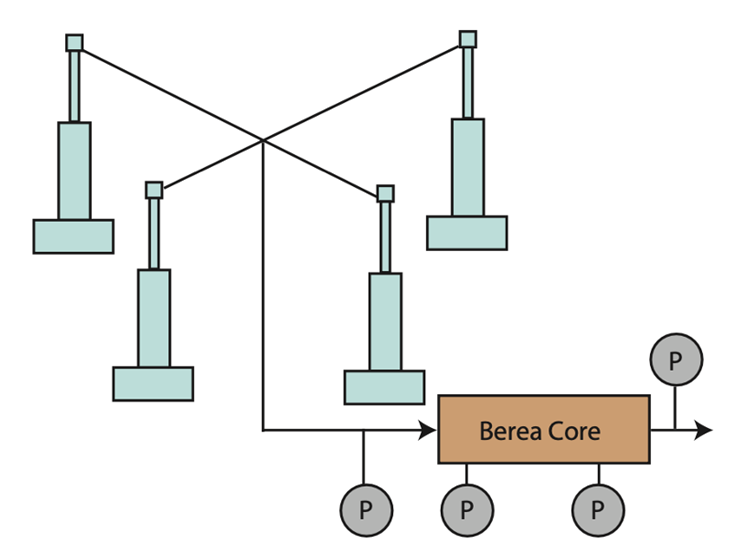
Comparison of Xanthan and HPAM Solution Rheology in Berea Sandstone
Rheology in porous media has an important impact on enhanced oil recovery (EOR) projects where polymer solutions are used.
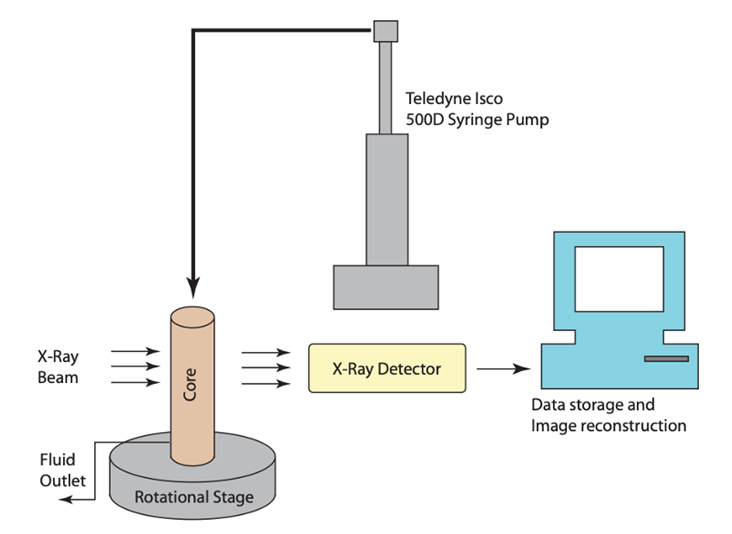
X-Ray Computed Microtomography: Accurate Liquid Volume Metering
Aqueous gels have often been used to reduce excess salt water production from oil and gas wells.
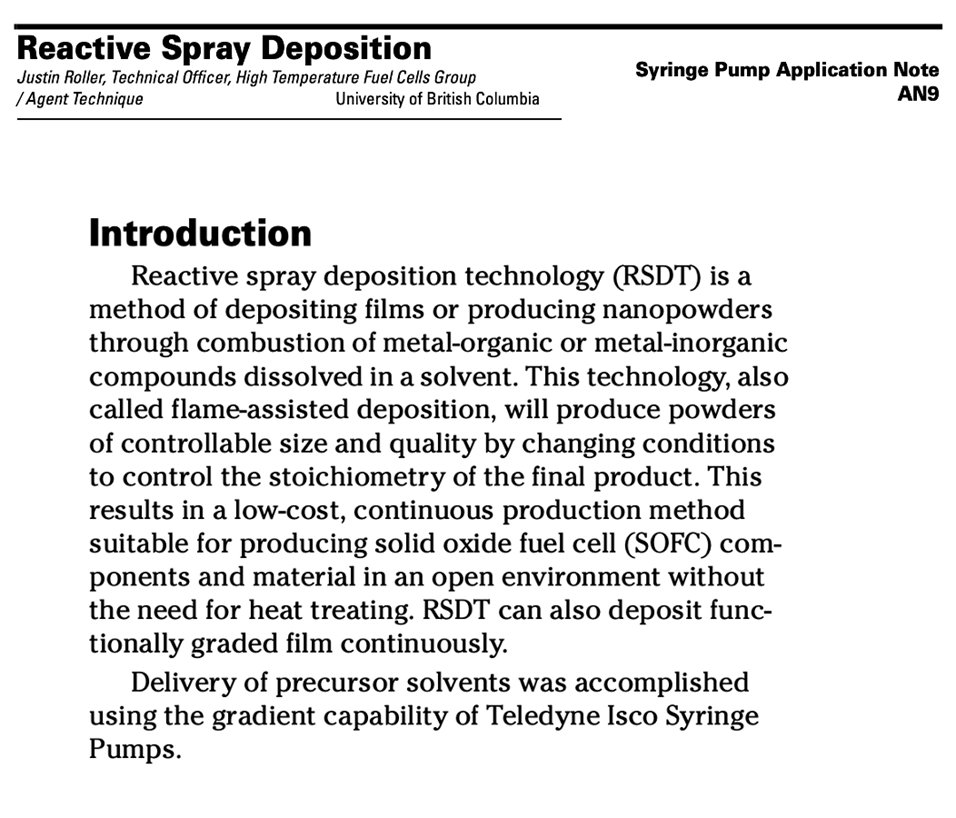
Reactive spray deposition technology (RSDT) is a method of depositing films or producing nanopowders through combustion of metal-organic or metal-inorganic compounds dissolved in a solvent.
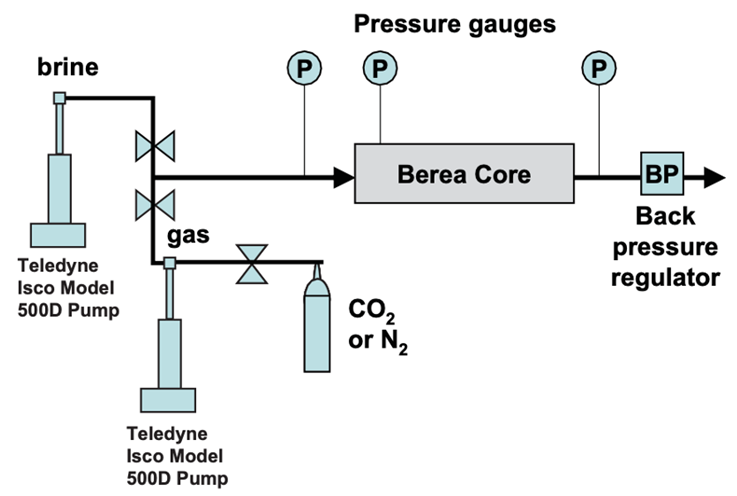
The sequence followed during our core experiments is listed in Table 1. First, at ambient conditions, the cores were saturated with brine and porosities were determined (Step 1 of the sequence on the following page).
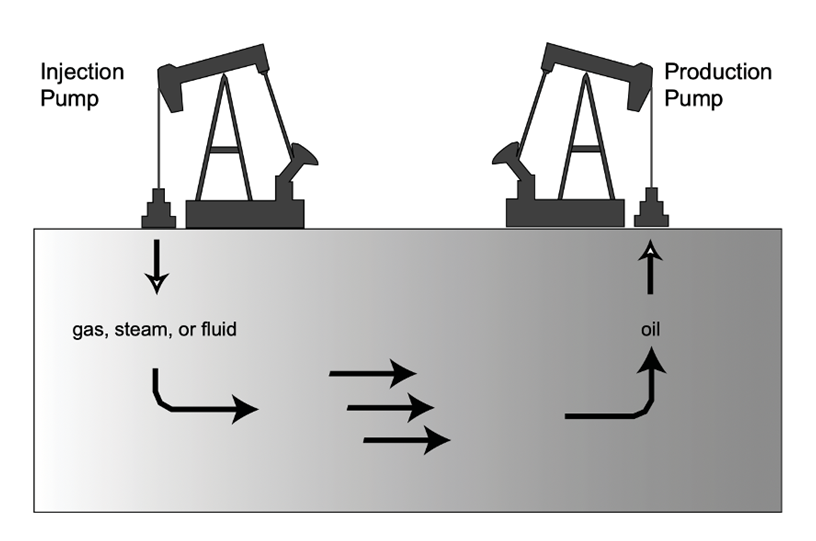
Pulseless Flow — This is a critical feature for rock core flooding studies where pressure changes are monitored and logged. It is important for the pump employed to not introduce any pressure variations itself (as with a piston pump).
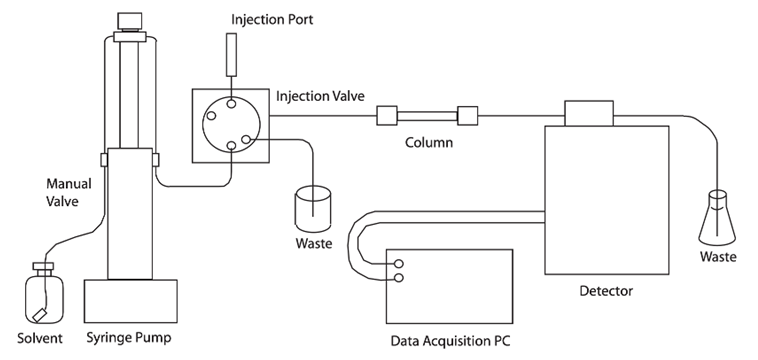
Reciprocating pumps are usually available with single or dual pistons. Piston swept volumes are typically small, around 100μL. Small volumes require frequent refills, creating periodic pressure drops.